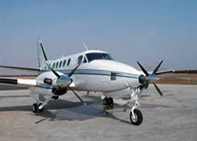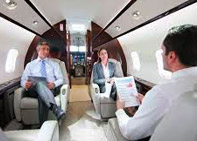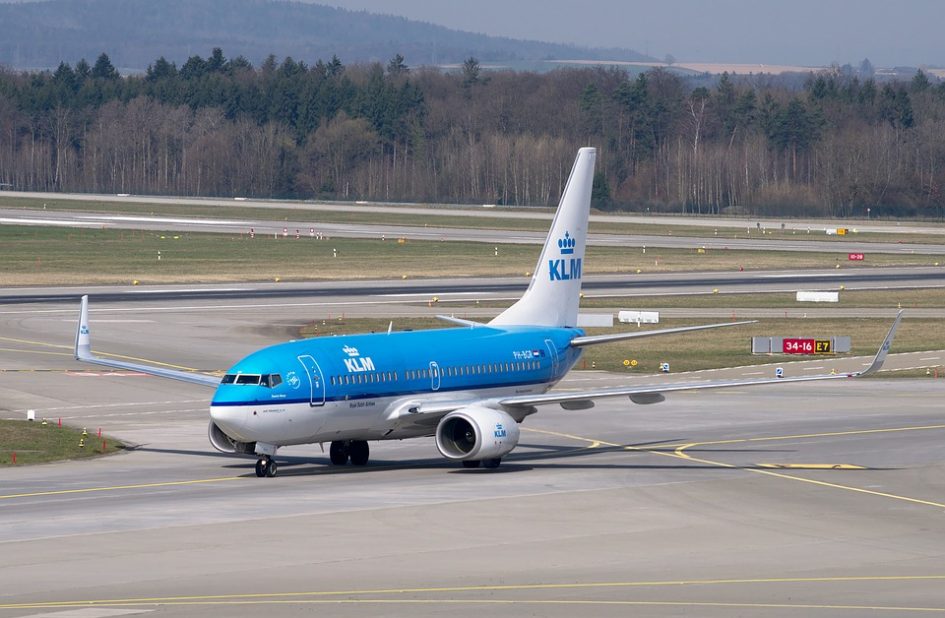Flying to your favourite retreat can be fun, but have you wondered how much runway length does an aircraft need to take off? If you’re flying your own aircraft, you’d want to know the optimal runway requirement so that you take off and land safely.
The runway requirements a jet needs to take off:
It is quite a technical question that every pilot has to deal with before every flight. The runway requirements for both takeoff and landing depend on many different factors, including:
- Performance requirements that are imposed by FAR regulations like FAR 25,23, 121 etc.
- Aircraft design
- Aircraft configuration
- Environmental characteristics like temperature, wind direction and strength of the airport runway in question
- Runway surface and slope
- Operating limits on aircraft weight
Different aircraft have different wings with differing handling qualities. As a result, smaller propeller aircraft are used to fly into airports with shorter runways, and larger jet aircraft fly to bigger airports. Now, take the Boeing 737; while taking off at the maximum takeoff weight, a minimum distance of approximately 1,600m in zero wind conditions is required.
These performance calculations are regulated and may defer by the aviation region. In Europe, aircraft manufacturers follow the European Aviation Safety Agency (EASA), and in the USA, it’s the Federal Aviation Authority’s (FAA) laws that apply. There are various methods that are used to calculate runway length.
Now, what happens if a jet operator has to take off within the minimum distance range? Short distance take-offs reduce the engine’s life and increase maintenance costs. Therefore, when conditions are suitable, pilots are encouraged to apply reduced takeoff thrust procedures. These procedures are known to use less engine power, thus prolonging engine life and saving you avoidable maintenance costs.








Leave a Reply
You must be logged in to post a comment.